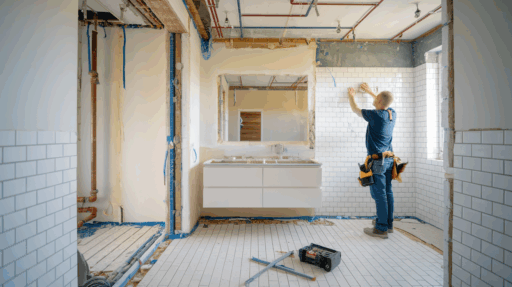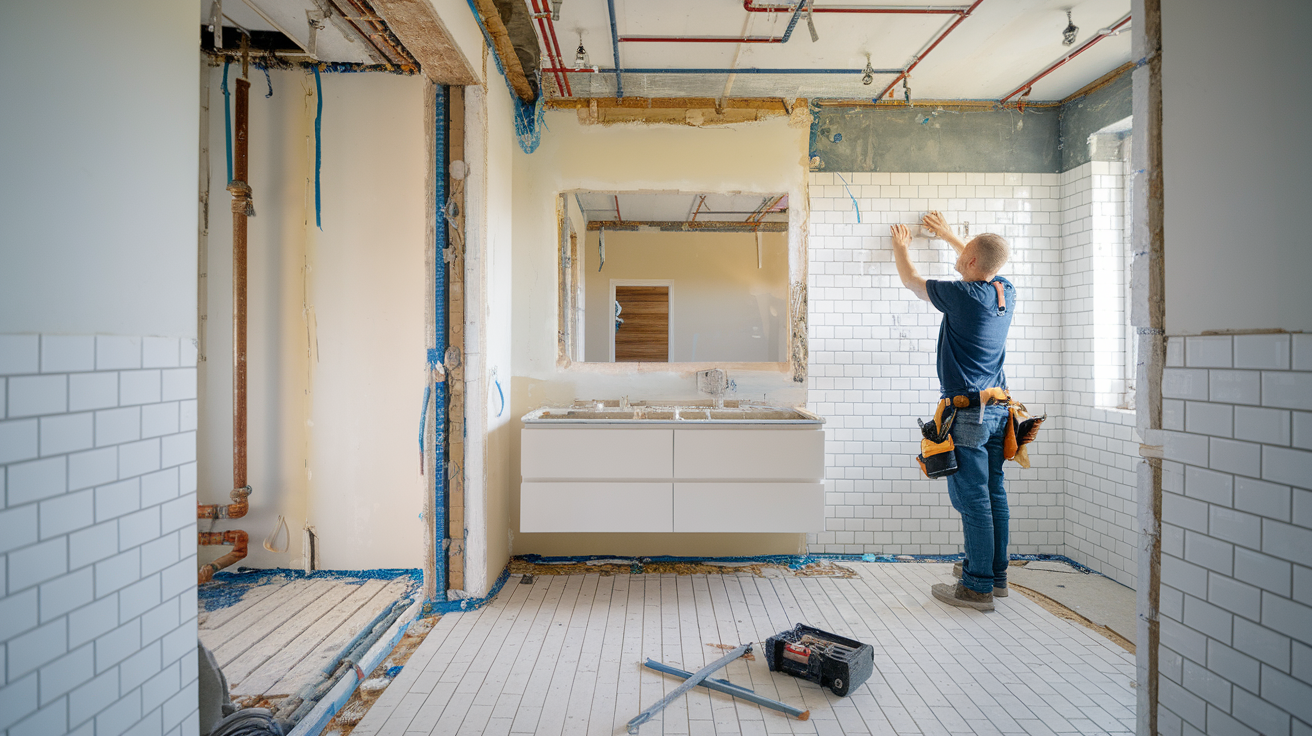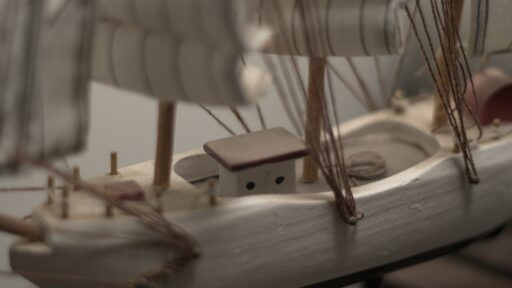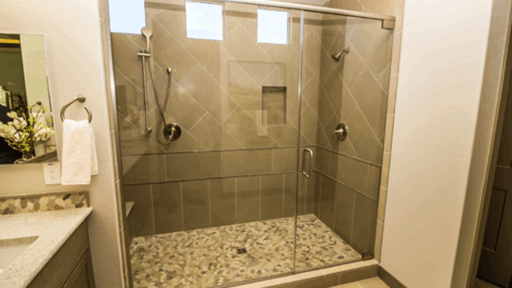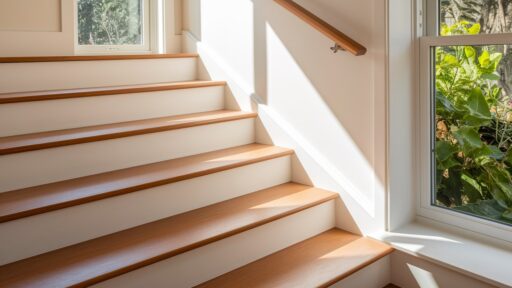When I started thinking about remodeling my bathroom, the first thing I wondered was how much it would cost.
Bathroom remodels can look amazing, but the price can really vary. Some people spend just a few thousand dollars, while others spend over $20,000.
It all depends on what you want to change, the materials you pick, and if you hire help or do it yourself.
In this blog, I’ll break down the costs you can expect for different types of remodels – from small updates to full renovations.
I’ll also share what affects the price, so you can plan your budget with confidence. If you’ve been putting off your bathroom makeover because of money worries, I hope this guide helps you feel more prepared.
Let’s take a closer look at how much a bath remodel really costs.
Why Remodel a Bathroom?
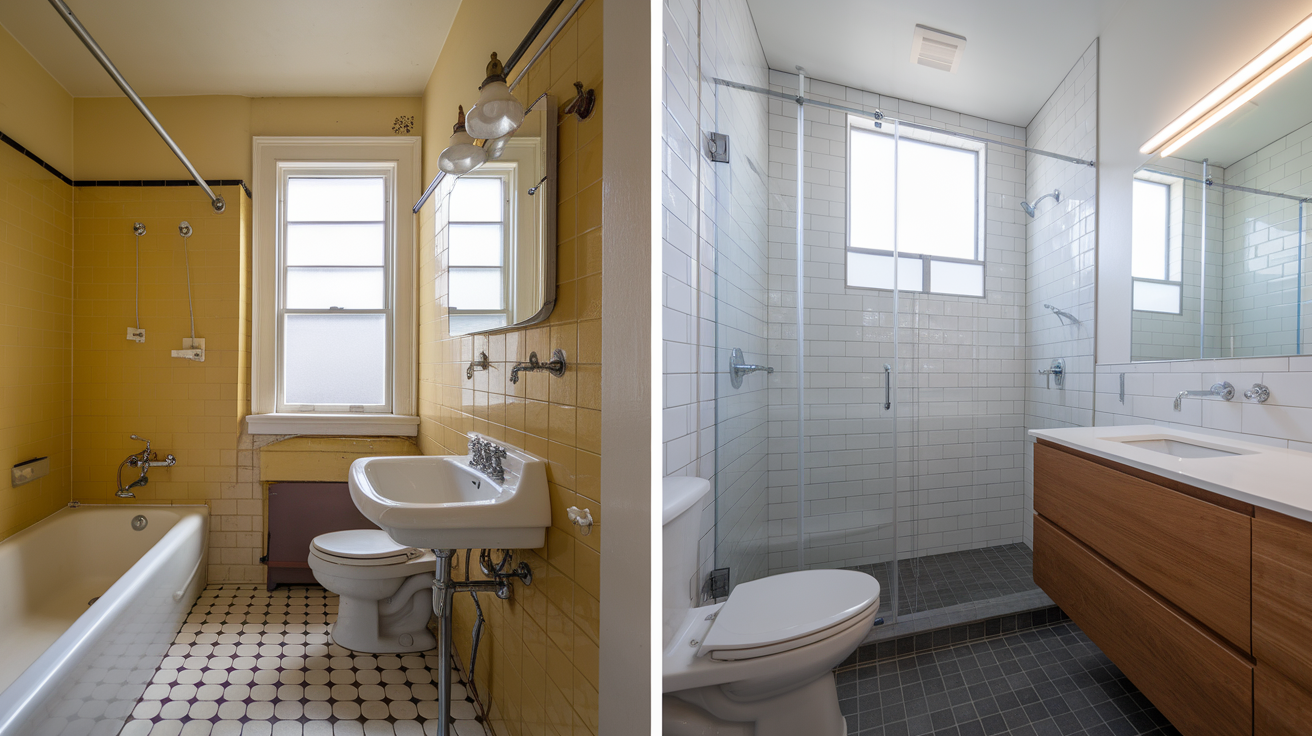
There are several reasons homeowners choose to remodel a bathroom.
First, improving functionality. Older bathrooms may lack storage, feature outdated plumbing, or have inconvenient layouts. Remodeling allows you to reconfigure the space for better use and improve overall efficiency.
Second, increasing home value. Updated bathrooms are a major selling point and offer a strong return on investment, especially when paired with neutral finishes and modern fixtures.
Third, personal comfort. Creating a spa-like retreat, adding luxury features like heated floors or rain showers, or updating for aging-in-place needs make a bathroom more enjoyable, accessible, and tailored to long-term living and evolving lifestyle needs.
Average Bathroom Remodel Costs
Remodeling costs depend on the bathroom size, level of finishes, and any layout changes. Here’s a general breakdown:
- Small bathroom (3×5 to 5×8 feet): $5,000–$10,000
- Medium bathroom (5×9 to 7×10 feet): $9,000–$15,000
- Large/master bathroom (8×10+ feet): $15,000–$30,000+
These averages include labor, materials, demolition, and fixture replacements, but can increase significantly with custom work, high-end materials, or plumbing/electrical upgrades.
Cost Breakdown by Category
Each part of the remodel contributes to the total cost. Here’s how the typical $15,000 remodel is distributed:
| Category | Estimated Cost ($) |
|---|---|
| Demolition & Prep | 1,200 |
| Plumbing | 1,800 |
| Electrical | 1,250 |
| Flooring | 1,400 |
| Tile Work | 3,250 |
| Vanity & Sink | 1,750 |
| Toilet | 500 |
| Bathtub or Shower | 2,500 |
| Lighting & Mirrors | 650 |
| Paint & Finishes | 550 |
Tile work and showers or tubs usually take the biggest chunk, especially with custom tile layouts, niche inserts, or premium fixtures.
Factors That Influence Bathroom Remodel Cost
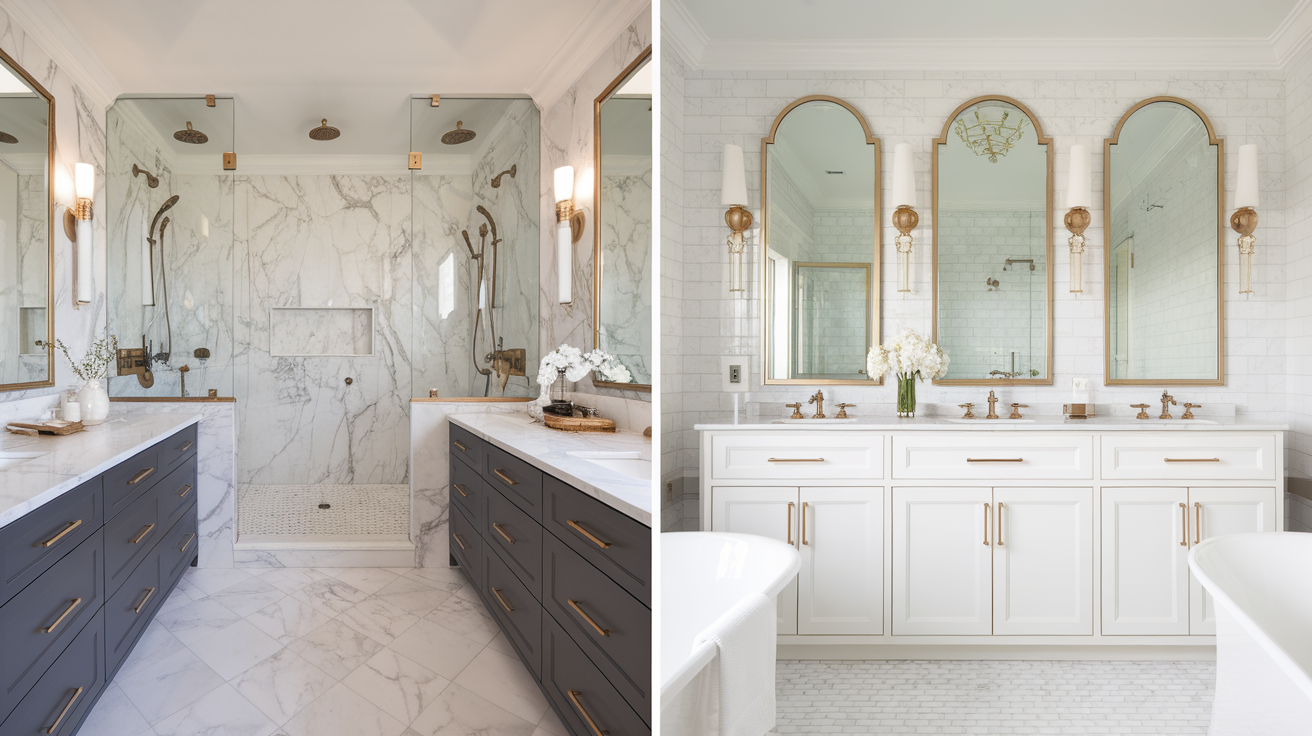
Many things can change how much a bathroom remodel costs – here are some key factors to keep in mind.
- Size of the Bathroom: Bigger bathrooms cost more to update.
- Scope of the Remodel: Full gut jobs are pricier than simple makeovers.
- Material Choices: High-end tiles, fixtures, or vanities raise the budget.
- Plumbing & Electrical Work: Moving pipes or rewiring adds labor costs.
- Labor Rates: Prices vary by region and contractor experience.
- Permit Fees: Local building codes may require permits, which cost money.
- Hidden Damage: Mold, rot, or outdated wiring can lead to extra charges.
Knowing these cost factors helps you plan smarter and avoid surprises
Hidden Costs to Watch For
Bathroom remodeling often uncovers hidden problems:
- Water Damage: Mold behind walls or rotted subflooring adds to demolition and repair bills.
- Outdated Plumbing: Galvanized or polybutylene pipes need upgrading, especially for resale value.
- Electrical Upgrades: Older bathrooms may lack GFCI outlets, proper lighting, or vent fans.
- Permits and Inspection Delays: Unexpected paperwork can slow the project timeline and increase costs.
Having a contingency fund and a contractor who communicates openly helps reduce surprise costs.
Bathroom Remodel: DIY vs. Hiring a Professional
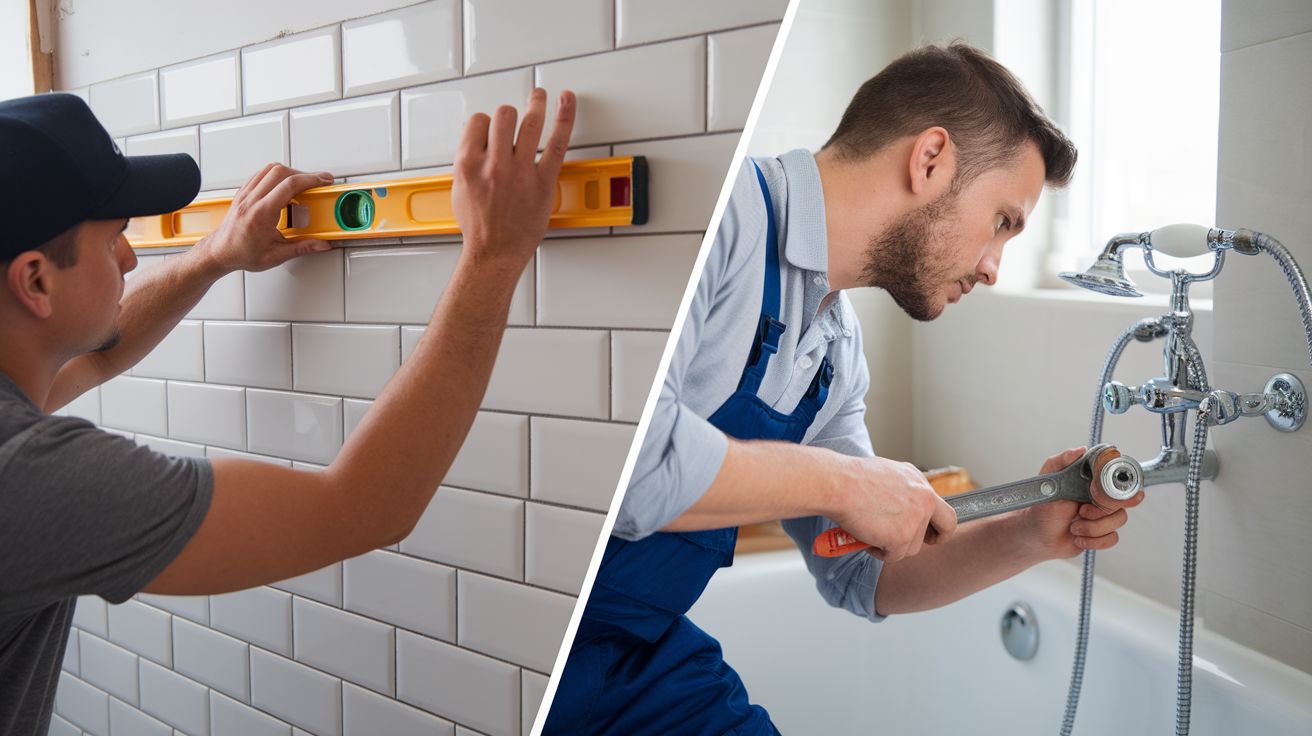
When to DIY
Taking the DIY route in a bathroom remodel can reduce labor costs, especially for simple tasks like painting, swapping out hardware, or basic tiling if you’re confident in your skills.
While DIY seems budget-friendly at first, mistakes may lead to water damage, uneven finishes, or failed inspections, which cost more to fix.
Weigh your skills honestly before deciding, and consider a hybrid approach to balance savings with safety.
When to Hire a Pro
More complex jobs, such as plumbing, electrical work, or large-format tile installation, require professional expertise.
Hiring licensed contractors ensures the work meets local building codes and helps you avoid hidden problems that can surface later.
How Long Does a Bathroom Remodel Take?
The timeline for a bathroom remodel depends on the scope of work.
A basic update, like new paint, fixtures, and flooring, typically takes 2 to 3 weeks.
Larger remodels with structural changes, custom cabinetry, or tiled showers often take 4 to 6 weeks or longer.
Delays may arise from backordered materials, unforeseen plumbing or structural issues, or permit approval waits.
Clear planning, ordering materials early, and maintaining close communication with your contractor help keep the project on schedule.
Having backup choices for finishes and fixtures can also prevent timeline disruptions and ensure your bathroom is completed efficiently and without unnecessary stress.
Popular Bathroom Upgrades and Their Costs
Here are a few in-demand upgrades that can enhance your bathroom:
| Upgrade | Estimated Cost Range ($) |
|---|---|
| Heated Floors | 600–1,500 (depending on system size) |
| Walk-in Showers with Frameless Glass | 2,000–6,000 |
| Smart Mirrors with Built-in Lighting/Defogger | 500–1,200 |
| Double Vanities (Installed) | 1,200–3,000 |
| Freestanding Tubs (Installed) | 900–3,500 |
These features add comfort and style but need to be budgeted into the overall plan.
Bathroom Remodel ROI and Regional Price Differences
Bathroom remodels offer strong returns, with midrange upgrades recouping about 60–67% of their cost at resale, according to Remodeling Magazine’s Cost vs. Value report.
Updated bathrooms attract buyers, especially when finished with quality fixtures and neutral color palettes.
However, costs vary by region. Homeowners in high-cost areas like California or New York may spend 20–30% more than the national average due to increased labor and material expenses.
In contrast, those in the Midwest or rural regions often pay less.
To plan more accurately, it’s smart to use online cost estimators based on your zip code or consult local contractors.
Tips to Stay on Budget
To avoid going over budget, plan early and prioritize needs over wants:
- Set a firm budget with a 10–20% buffer. Include all materials, labor, delivery fees, and unexpected repairs.
- Choose materials before starting. Having selections finalized helps contractors quote more accurately.
- Stick to the original layout. Keeping plumbing where it is can save thousands.
- Shop sales and use tax lookalike finishes. Vinyl tile can mimic stone, and ready-to-assemble vanities often cost less than custom-built ones.
- Get multiple quotes. Compare bids, and ask contractors about bulk savings or reused fixtures to trim costs.
Conclusion
Remodeling a bathroom is a major project, but with a clear budget, smart planning, and the right team, it becomes a rewarding investment.
From layout choices to material selection, every decision shapes the final look, functionality, and cost.
Understanding where money goes and how to spend it wisely helps you create a bathroom that works beautifully now and adds value down the road.
I always recommend taking time to evaluate your needs, get accurate quotes, and aim for both comfort and durability in every finish you choose.

